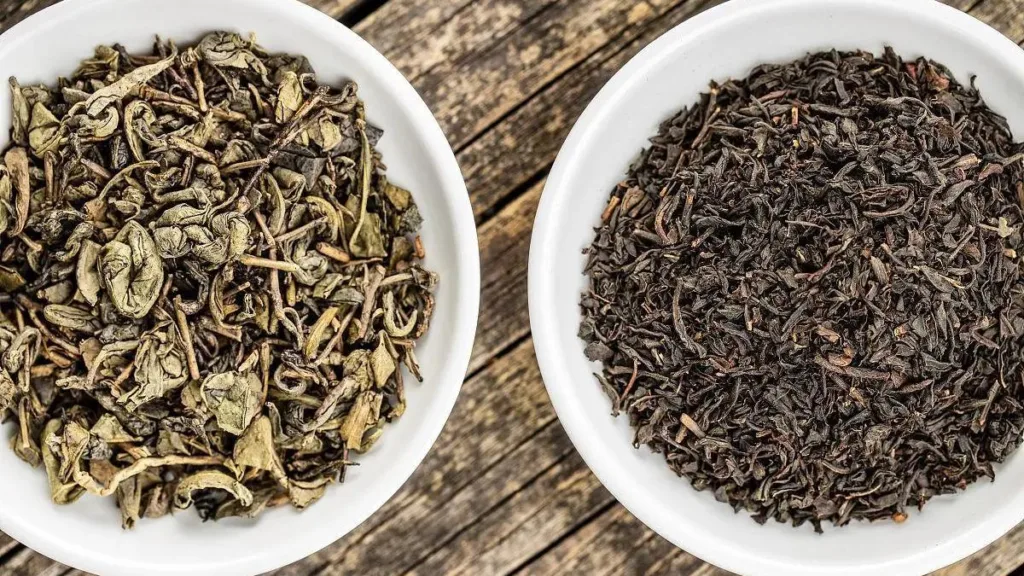Black tea and red tea, both revered in the world of tea, share similarities yet boast distinct characteristics. Delving into the intricacies of their production processes, colors, flavors, and nutritional values unravels a tapestry of differences. This exploration aims to provide a comprehensive understanding of what sets black tea and red tea apart.
I. Variations in Production Process:
- Black Tea: The production of black tea involves four key steps: withering, rolling, fermentation, and drying. Fresh tea leaves are first spread and dried until their moisture content drops below 20%. Subsequently, withering deactivates enzymes, rolling shapes the leaves into tight curls, fermentation oxidizes polyphenols, turning them into red substances, and finally, drying removes excess moisture, ensuring optimal preservation.
- Red Tea: Red tea follows a similar process, encompassing withering, rolling, fermentation, and drying. However, the withering phase involves reducing moisture to approximately 50%, contributing to a distinct flavor profile. The subsequent steps mirror those of black tea, concluding with the drying phase to achieve an appropriate storage condition.
II. Color Distinctions:
The variance in fermentation levels significantly impacts the color of the tea leaves:
- Black Tea: Due to its higher fermentation level, black tea leaves exhibit a deep red or black color, creating a visually striking contrast.
- Red Tea: Red tea, with a lower fermentation level, presents tea leaves in shades of reddish-brown or chestnut red. This color distinction serves as one of the primary differentiators between red and black tea.
III. Flavor Profiles:
- Black Tea: Black tea tends to have a robust flavor with a unique aged fragrance, offering a full-bodied and mellow taste.
- Red Tea: Red tea, in contrast, delivers a lighter taste with rich fruity and floral notes, providing a refreshing and crisp drinking experience.
IV. Nutritional Value Disparities:
While both black and red teas contain essential antioxidants like tea polyphenols and catechins, variations in production processes lead to differences in nutritional content:
- Black Tea: Black tea boasts rich amino acids, vitamins, and minerals, contributing to benefits such as cholesterol reduction, weight management, and anti-aging effects.
- Red Tea: Red tea contains higher levels of tannic acid, offering astringent, hemostatic, and antibacterial properties.
V. Suitability for Different Preferences:
- Black Tea: Suited for those who enjoy a strong flavor, possess robust digestive systems, and may be prone to excessive internal heat.
- Red Tea: Ideal for individuals preferring a mild taste, having delicate digestion, and experiencing fatigue more frequently.
It’s crucial to note that individual preferences and health conditions play a role in determining the tea variety that suits someone best.
Conclusion:
In summary, while both black tea and red tea belong to the vast world of teas, their distinct characteristics in production, color, flavor, and nutritional content make them unique entities. Understanding these differences allows tea enthusiasts to make informed choices, enhancing their enjoyment of tea and reaping the associated health benefits. Whether sipping on the bold richness of black tea or relishing the delicate notes of red tea, the world of tea offers a diverse array of experiences for every palate.



